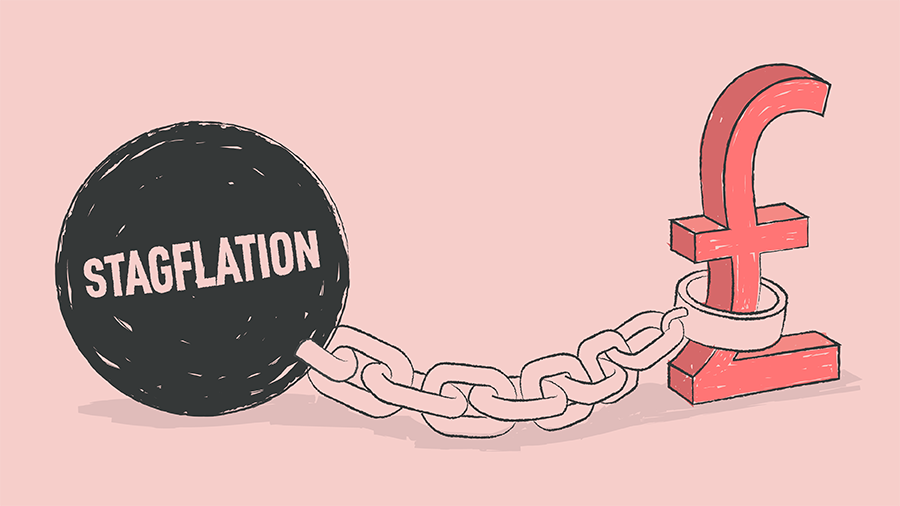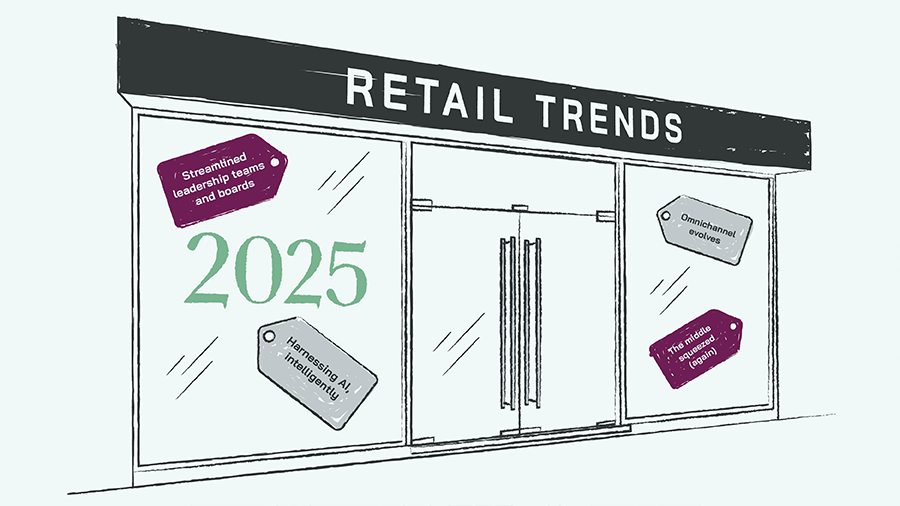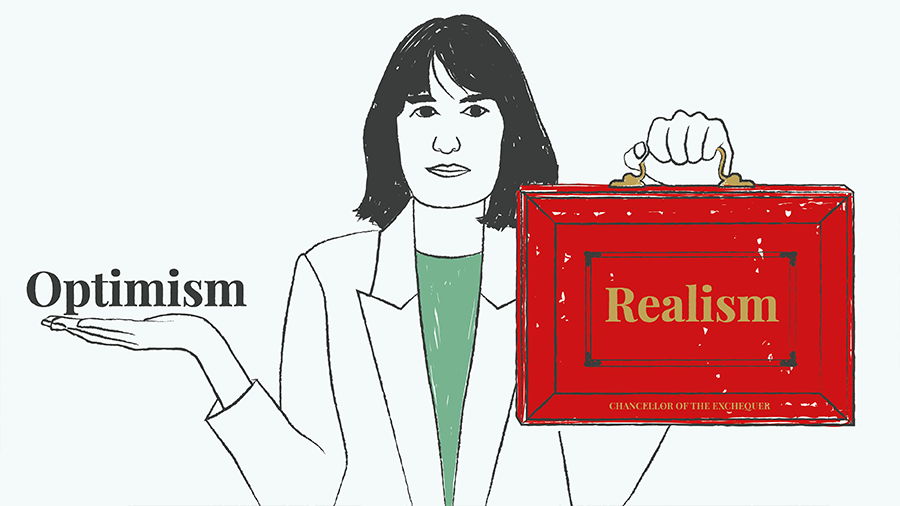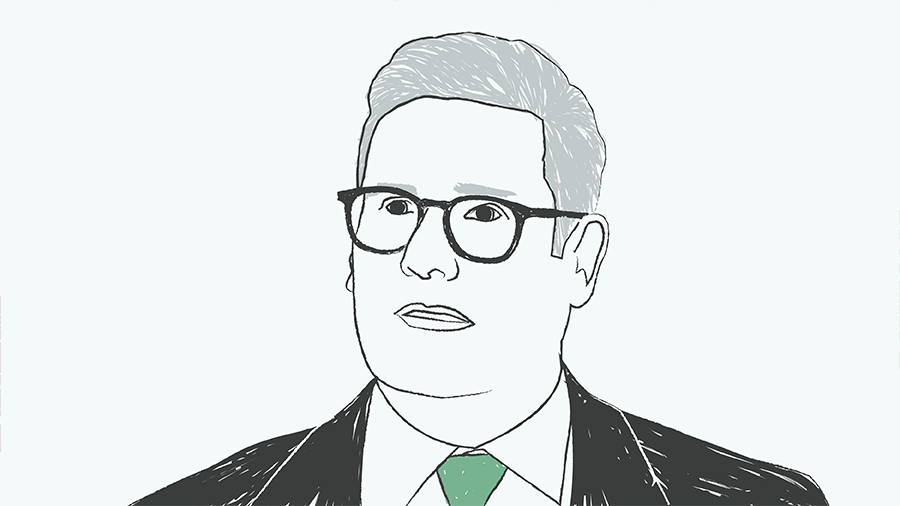
Inflation already hit over 5% this year, before the Russian invasion of Ukraine propelled oil and gas prices to yet another level of the stratosphere. Some economists suggest we could see over 8% later in 2022, deepening the cost of living crisis.
Naturally this leads to a certain pressure to raise wages. As the Bank of England governor Andrew Bailey told the BBC a few weeks ago, this could have disastrous consequences. If price and salary rises end up baked into expectations, then this year’s inflation becomes ‘sticky’, rather than a blip.
That would indeed be a deeply unpleasant situation. Anyone who remembers negative equity in the early 90s – or who was in business at any point in the 1970s – will tell you that persistently high inflation and interest rates help no one.
The trouble is that real-term pay cuts are a hard sell for businesses to make. Employees have gone through two years of emotional and often financial hardship. Many are now struggling to heat their homes, or feed and clothe their children. The idea that they should take the hit to protect the economy, while the business protects its margins… well, let’s just say that won’t go down very well.
You can see visible signs of this tension in the strikes that have descended on various sectors in recent months, most notably among university teaching and London Underground staff. We can expect more.
As a recent article in the FT pointed out, many of those workers experiencing the cost of living squeeze most acutely are in sectors like retail and hospitality, where union membership is low. But even here, employers are caught in a bind.
There are widespread labour shortages in numerous areas, both high and low skilled. As a rule, it is currently a candidate’s job market. The business that keeps pay low – and that gets a reputation for not matching its existing employees’ rising cost of living as it continues to pocket a healthy profit – will struggle to fill roles, causing not only business disruption but also yet more antagonism among staff.
Many have little choice but to put extra money into payroll, and the signs are that most intend to pass this cost onto consumers, which would seem to indicate inflation won’t just die away in the coming months.
For others, there is a choice, but it’s not an easy one. More than ever, there is a need to balance financial stability and return, which includes the ability to reinvest for growth, with the need to attract and retain talent, and with the need to continue to offer competitive prices. The wider responsibility for the economy may not rank too highly in that calculus.
All we can do is think carefully about the consequences, and remember perhaps that few businesses ever achieved long-term success when they lost the goodwill of their people.
















